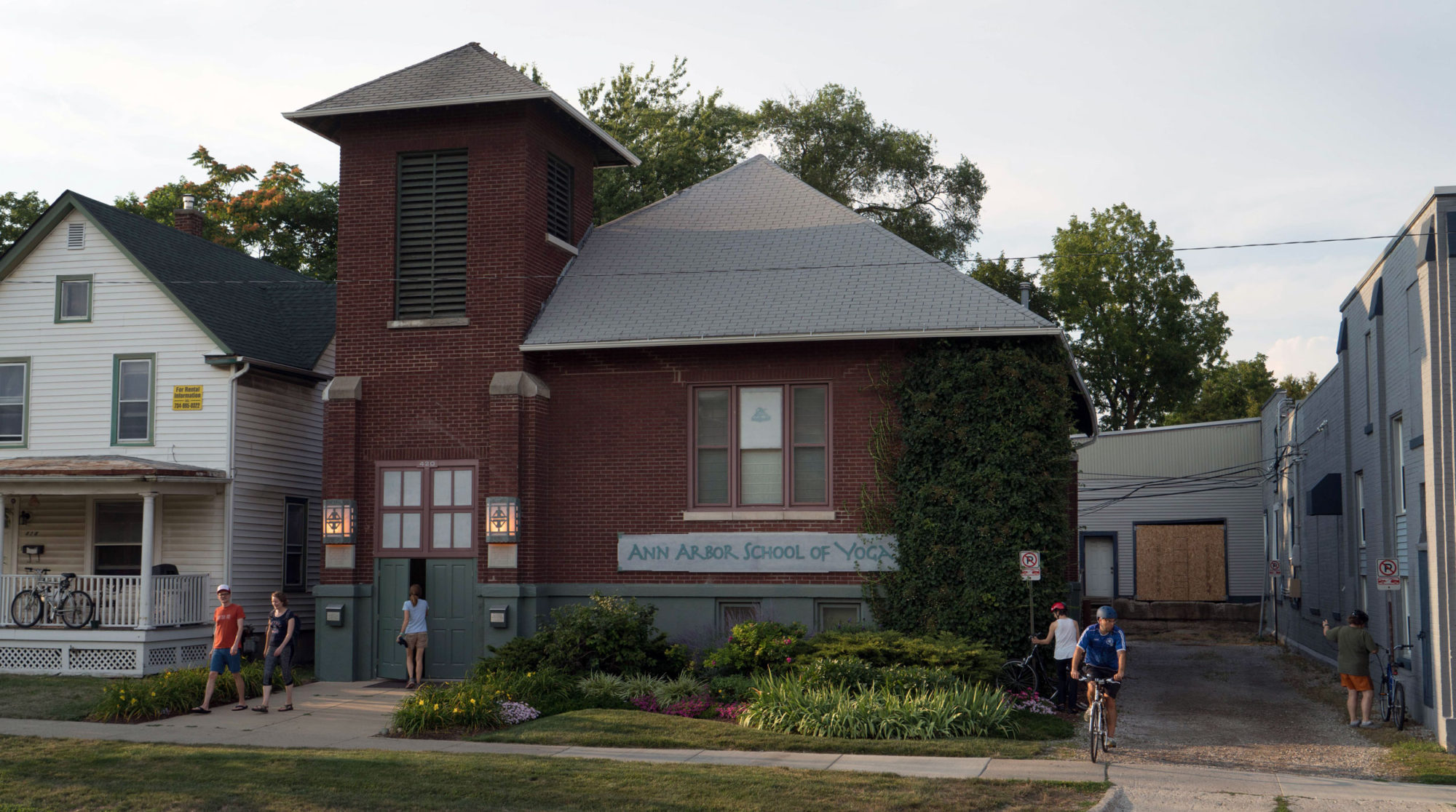
Now more than ever we would benefit from practicing backbend asanas. These poses are at times tough to face, but so are the times we are facing! A backbend themed practice will stimulate and challenge us all in a positive way. Lately we all need a little uplift!
The sequence attached below can be attempted by any and all of our students. If you feel a few of the postures are too difficult in any section just edit out a few from each group. Please let us know how your practice is going. It would be good to hear from you!
Click on the underlined below to see illustrated sequence now, or download to save for your practice notebook.
My belief is that a class is where the teacher can see us and offers suggestions on how we can learn more and improve. Practice, on the other hand, is where we learn to see ourselves and try to solve difficulties on our own. Please do add any questions or comments at the bottom of our posts. Share your practice experience with us. Narrating our experience supports memory and helps us to focus mentally. Sharing our experience builds fellowship and community. So have a good practice, and if inclined tell us how it went.


Yes, you are right to take care of yourself. Glad the backbends are getting done. Next time they come up in rotation you’ll probably had a different experience with them, even if you do the same practice.
This was great. I liked the layout of the sequence – it was nicely grouped and arranged in a way that felt really connected to the instructions and manageable as far as how many pages it took up. I felt that I really needed to practice backbends today. When I feel fatigue I usually feel it in my upper back and there’s a perpetual exhaustion that likes to live not-so-secretly there. When I feel tired (a lot) it’s hard to be like “I’m gonna practice standing poses and backbends” so I tend to neglect those areas. But it’s what I need for sure! Gotta get more in the rotation. I found that I went very slowly, connected with deep breathing, details, complete absorption, contemplation, and relaxation. Maybe that’s not the right approach for a backbend sequence? Just how I felt naturally. Harder for me to move quick for sure – but then I also battle with “OMG this is taking forever” mental attitude lol. Let’s see, also Makarasana really kicked my butt reminded me how weak/tired/winey my upper back is at this time; I got better each time tho! Also, going into headstand, got a pinch in my lower right neck, deeper down in the trapezius-feeling area – directly in the same opposite spot from a bad cracking habit I have on the left side. It was a little shock/weird feeling – not pain, but a little tweak – so went to the wall and did headstand that way out of caution. That felt like the right move. Great sequence, I feel stronger and taller and happier!
HI Alanah,
Glad you are liking the sequences. I”m trying to make them easy enough so folks give them a try, but not so easy that more attempts on future days wouldn’t reveal improvement.
I really enjoyed doing this sequence. I did find myself struggling to identify how to use the breathe in these poses. Based on the breathe work I have learned in class (narrow to an open V) I wasn’t sure if that type of traced breathing was useful for these poses. Despite this, I found myself standing up straighter when I was done and I felt I had derived a sense of confidence from doing these poses.
Very well done, you are planning ahead and thinking back on previous experience. Great skill!
I practiced this sequence once again. This time, in anticipation of headstand after backbends, I tried to not overwork but better connect my quads to the femur bones especially in urdhva dhanurasana and chatushpadasana. I still had some quad tremor in sirsasana but taking virasana and baddha konasana leg variations in sirsasana helped to stretch and relax quads. The result – rewarding 10 min sirsasana with a new tailbone and dorsal spine. Practice makes if not perfect, at minimum better 🙂
I love Elena’s question/comment about the order of backbends and headstand. It’s interesting to notice how poses and categories of poses affect your headstand, and vice versa.
Hi Lizzie,
I know it did seem very abrupt! Hopefully the sequences will get us all practicing. You can of course do the same sequence many times and see how it unfolds for you. Keep well.
Thank you for these sequences. Because this interruption of our classes was brought upon us rather abruptly, I have felt a bit like a fledgling bird being kicked out of the nest…But these sequences are providing me with some great ways to adapt.
With gratitude!
Yep, backbends really alert our tailbone and dorsal spine if done correctly so those areas will be alerted in a headstand that follows backbends
It seems to me that doing headstand earlier may be good if you don’t want to be too tired for your headstand later. But doing it after backbends helps you learn the tailbone and dorsal spine actions to support headstand. Right?
Thanks for your response Laurie. Very helpful!
Hi Elena,
Thanks for sharing. I don’t think it’s wrong to do headstand earlier in the sequence, and I can understand the thighs shaking if you were really working your thighs properly in the backbends. Good for you. The block was the right thing to do then. Next time you try it, the same way, find out what new information you have in your pelvis even with those shaking thighs. You will get stronger with practice!
Great sequence, thanks Laurie! I typically do headstand before backbend asanas (wrongly?) in my home practice and with this sequence my quads were shaking in headstand done after backbends. I placed a block between my thighs and that helped. What was I doing wrong and what would be your recommendation?
Thanks again!
Yay, I did the sequence and I now know how to comment. Anyone else who wants to comment; click on the title of the blog post. Thanks Laurie!